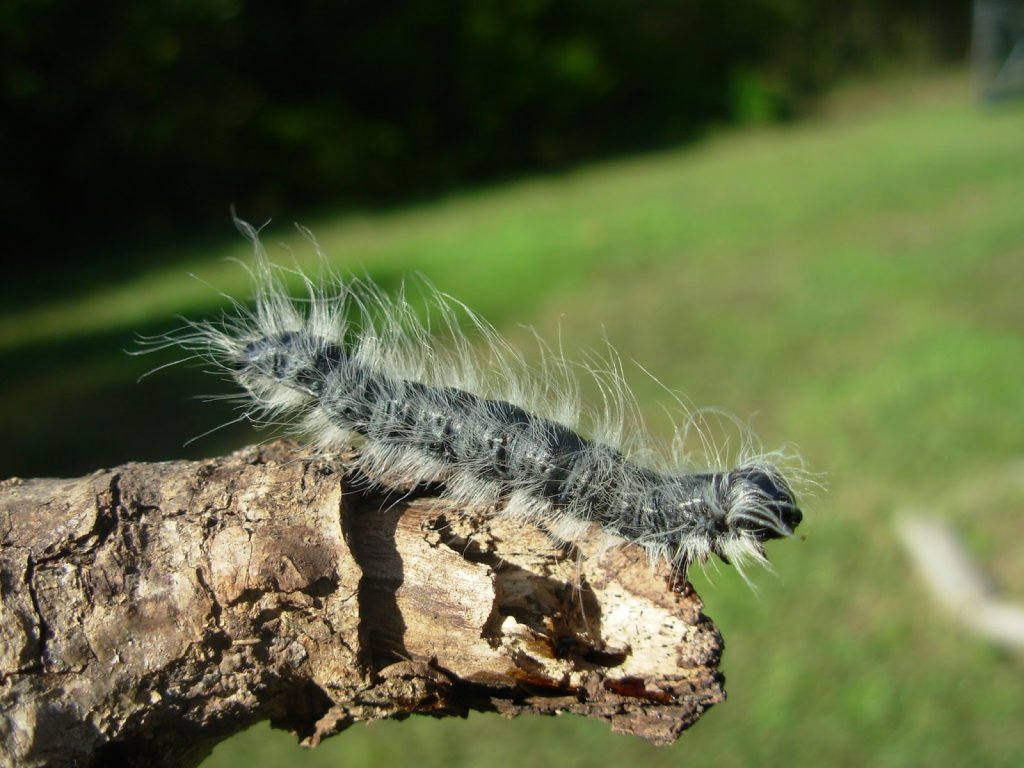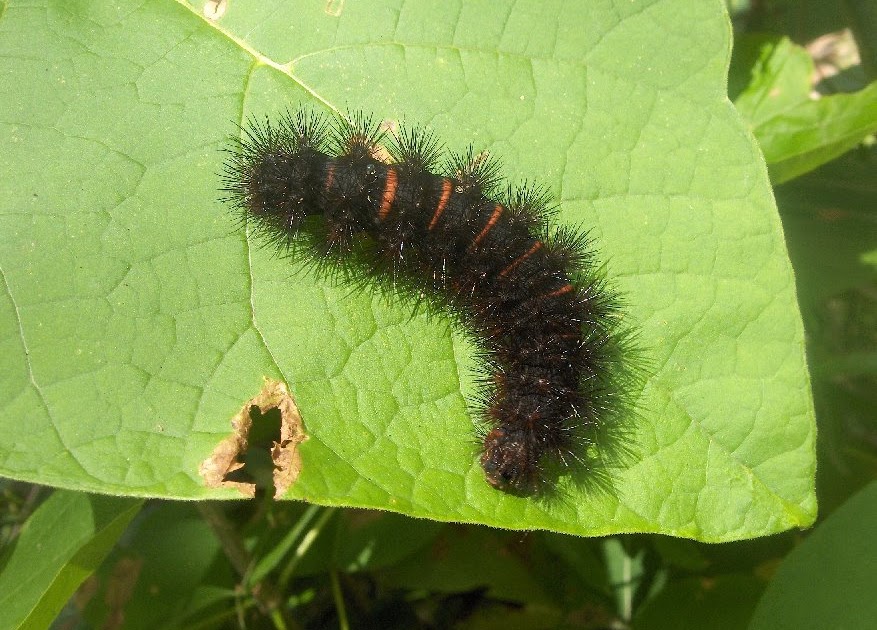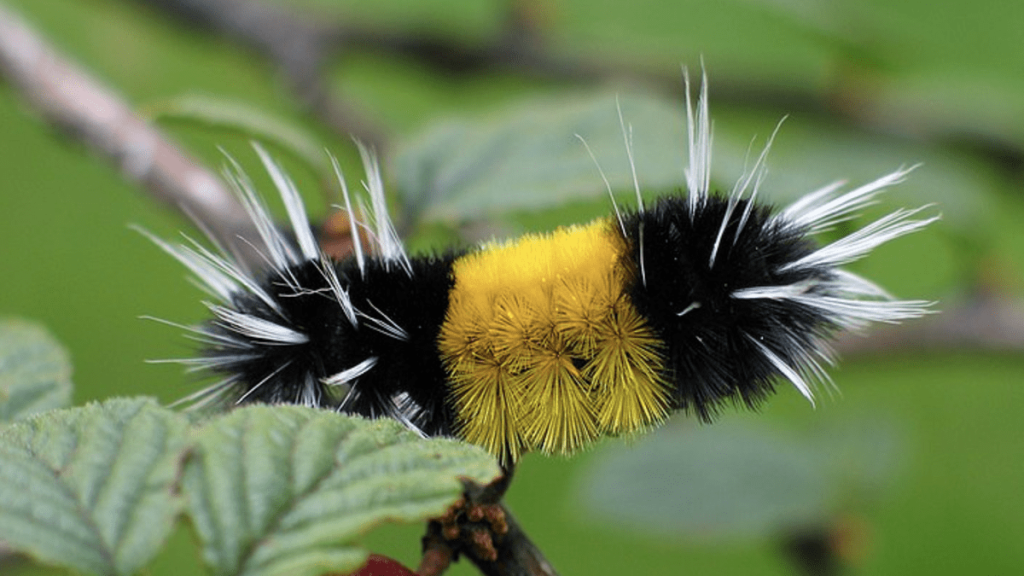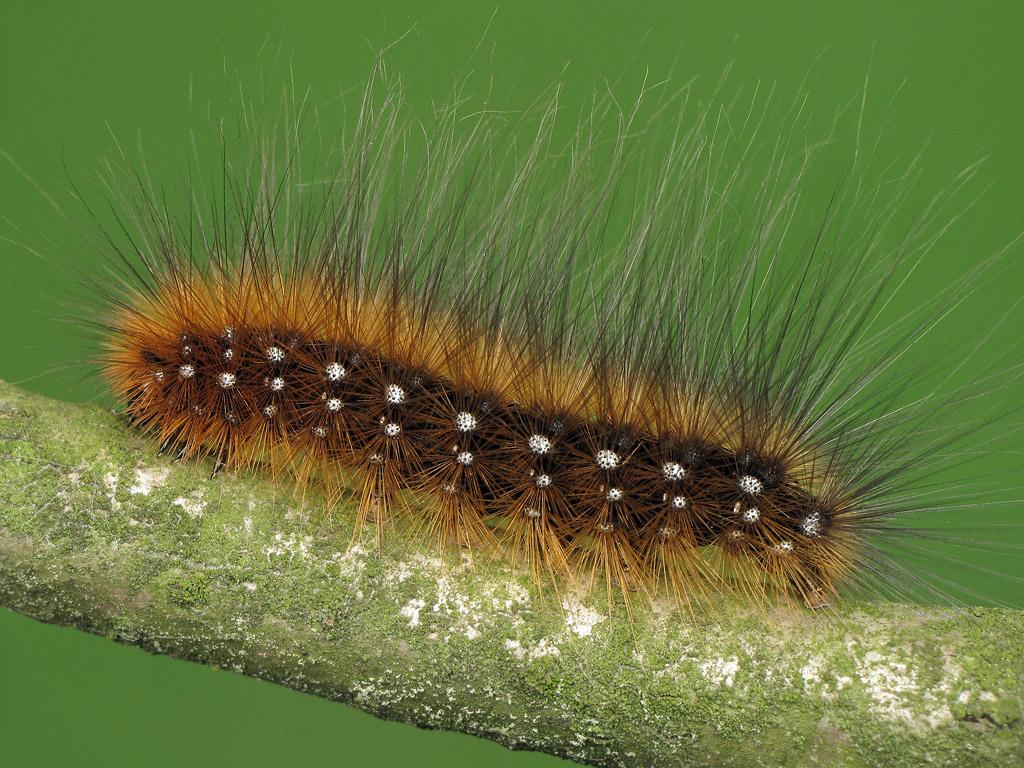Have you ever spotted a black fuzzy caterpillar crawling in your garden or on a tree branch? If so, you might wonder what it will become when it grows up.
Caterpillars, those black fuzzy creatures you might have seen. The black caterpillar won’t always look the same. Like how we change as we age, this baby creature undergoes a truly amazing variation.
While you observe these caterpillars munching on leaves and moving slowly, they’re busy getting ready for a change. But what exactly do they change into?
So, the big change is that they turn into those beautiful winged creatures that can gracefully flutter through the air.
So, let’s learn about some black fuzzy caterpillar that becomes a butterfly or moths.
What is Black Caterpillar?

A black caterpillar is a fascinating creature that’s part of the early life stages of some butterflies and moths. These caterpillars come in different sizes and shapes, but they’re mainly black or dark-colored. You can easily spot them crawling on leaves and branches in gardens, forests, and other natural places because of their unique black color.
Which Caterpillar Becomes Which Butterfly?
1. Walnut Caterpillar

The Walnut Caterpillar is a unique kind of caterpillar that looks quite special. You can spot them easily because they have black and yellow stripes on their bodies. They’re really fuzzy because they have long, soft hairs all over them, and they usually grow to be around 2 inches long.
Which Butterfly It Becomes
The change from a Walnut Caterpillar to a Regal Moth, also known as Citheronia regalis, is truly amazing. When it goes through its modification, it becomes a stunning adult moth with big wings that can spread out to be as wide as 6 inches. The moth has a beautiful mix of colors like brown, gray, and white, and you can’t miss the spots on its back wings.
2. Giant Leopard Moth Caterpillar

The Giant Leopard Moth Caterpillar looks different from other caterpillars. It’s fuzzy and black, with blue-black spots with a red or orange circle around them.
Which Butterfly It Becomes
The Giant Leopard Moth Caterpillar undergoes a change and becomes the Giant Leopard Moth, which scientists call Hypercompe scribonia. This moth looks amazing with big, white wings with black spots and dark rings. However, even though it looks great, the adult moth doesn’t live very long and spends most of its short life making babies.
3. Scarce Dagger Moth Caterpillar

The Scarce Dagger Moth Caterpillar is a special caterpillar with a really interesting look. These caterpillars are strong and have long, fuzzy hairs on their bodies. These hairs can be yellow, green, or brown, depending on their age. They also have clear markings on their backs, like lines of black, yellow, and white.
Which Butterfly It Becomes
The Scarce Dagger Moth Caterpillar changes into an adult called the Scarce Dagger Moth, scientifically named Acronicta auricoma, after going through a big conversion. The grown-up moth usually has wings that are about 1.5 to 2 inches wide. Its front wings are light gray with detailed black and white patterns, and its back wings are a lighter gray. This moth is quite secretive and isn’t seen as often as some other types of moths.
4. Woolly Bear Caterpillar

The Woolly Bear Caterpillar is a famous and easily recognizable type of caterpillar. These caterpillars stand out due to their unique look, with a body covered in thick black hairs and a reddish-brown or orange stripe in the middle. The width and color quality of this middle stripe can vary, but it’s a crucial feature for identifying them.
Which Butterfly It Becomes
The Woolly Bear Caterpillar is pretty cool because it doesn’t turn into a butterfly like you might expect. Instead, it goes through a big change and becomes the Isabella Tiger Moth, which scientists call Pyrrharctia Isabella. When it grows up, this moth is about 2 inches wide and has wings that mix creamy and orangey-brown colors with some black spots. What’s neat is that when it gets scared, the Isabella Tiger Moth can make a clicking sound to scare away other animals that might want to eat it.
5. Garden Tiger Moth Caterpillar

The Garden Tiger Moth Caterpillar, also known as Arctia caja in science, is a caterpillar that looks really cool. They have a lot of long, soft, and thick black hairs all over their body, which makes them look fuzzy and scary. Their bodies have a mix of black and orange colors, and there are patches of black hairs that stick out on their sides.
Which Butterfly It Becomes
After going through a big change, the Garden Tiger Moth Caterpillar becomes an adult Garden Tiger Moth, scientifically known as Arctia caja. This grown-up moth is really pretty and colorful, with wings spread about 2 to 2.5 inches wide. Its front wings have a mix of orange, brown, and white colors, and they have bold black spots and bands. The back wings are a bright red-orange with black holes near the edges. People love seeing the Garden Tiger Moth because it looks amazing, especially in gardens and meadows.
Conclusion
Black fuzzy caterpillars, the focus of our comprehensive guide to caterpillar types, possess the incredible ability to transform into either butterflies or moths, depending on their species.
This transformation highlights that not all caterpillars follow the same path; some emerge as vibrant butterflies, while others assume the more subdued hues of moths. The journey from a fuzzy caterpillar to a majestic winged creature is truly a marvel of nature.
These caterpillars begin as tiny eggs and gradually grow into larger caterpillars, feeding on leaves along the way. So, the next time you see a black fuzzy caterpillar crawling around, know that it will be changed.
Keep your eyes open, and you might witness this attractive change in your backyard.

